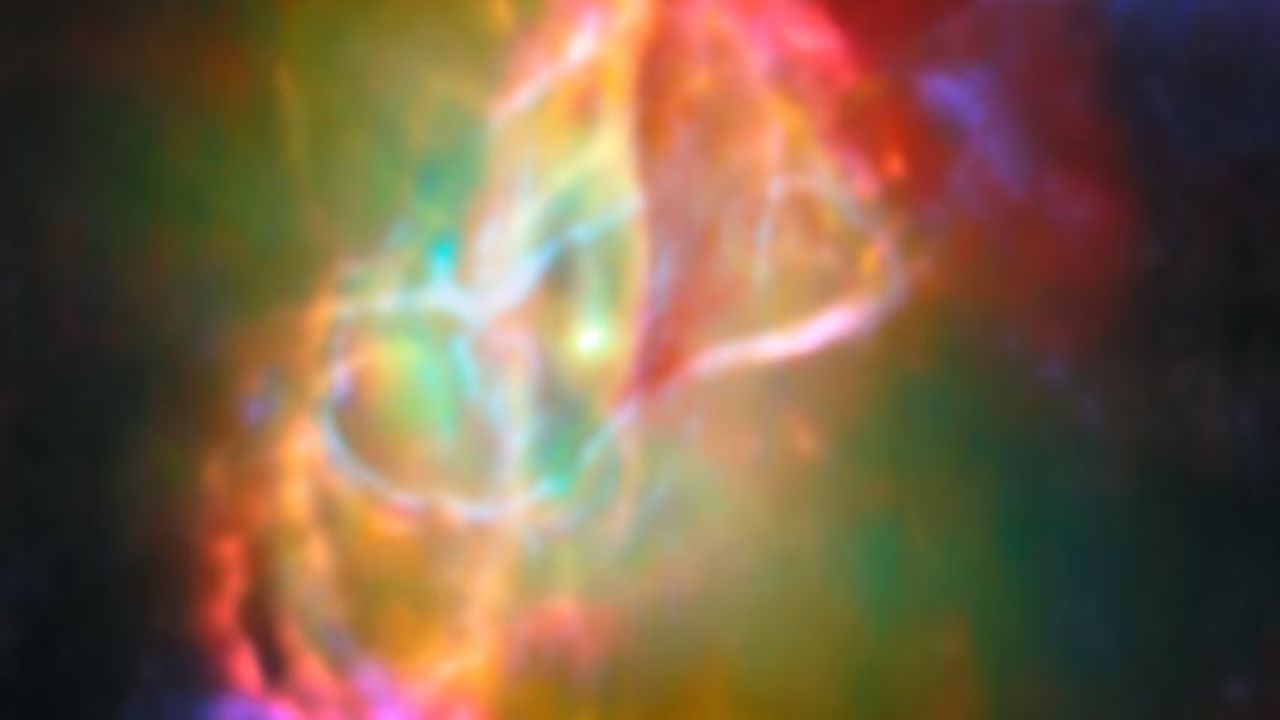Now Reading: JWST Captures Dead Star Fueling Exoplanet Formation in Butterfly Nebula
-
01
JWST Captures Dead Star Fueling Exoplanet Formation in Butterfly Nebula
JWST Captures Dead Star Fueling Exoplanet Formation in Butterfly Nebula

Rapid Summary:
- Discovery: The james Webb Space Telescope (JWST) observed cosmic dust particles forming in the Butterfly Nebula, marking the first detection of planet-building blocks arising from a dead star.
- Location: The Butterfly Nebula (NGC 6302) is located 3,400 light-years away in the constellation Scorpius.
- Astronomical Background: It is a planetary nebula created by a sun-like star that has run out of hydrogen for nuclear fusion, ejecting its outer layers into space and leaving behind a super-hot white dwarf.
- Key Findings:
– JWST detected larger-then-average crystalline silicate dust grains near the nebula’s center, signifying early stages of planet formation.
– Quartz crystals and polycyclic aromatic hydrocarbons (PAHs), molecules linked to prebiotic chemistry and star-forming regions, were also identified in the dusty torus at the nebula’s waist.- These materials were formed through chemical reactions catalyzed by extreme heat from the central white dwarf.
- Significance: Cosmic dust produced by expired stars contributes to interstellar gas clouds that facilitate new star-system formation.
Indian Opinion Analysis:
India’s scientific community may find inspiration from this groundbreaking discovery as it underscores humanity’s progress toward unlocking mysteries fundamental to planetary creation and cosmic evolution. For Indian astronomers working on projects like upcoming space probes or observatories-as seen with ISRO’s continued advancements-this research reinforces collaboration opportunities with global counterparts such as NASA or ESA.
The presence of complex molecules like PAHs aligns with India’s ongoing study of organic compounds tied to astrobiology missions such as Chandrayaan projects. Further understanding of how materials originating in stellar death create life-enabling ingredients could enhance domestic efforts toward probing exoplanetary systems or integrative space science.
This study also emphasizes interdisciplinary work between state-of-the-art technology like JWST and areas embedded within theoretical physics models-a domain where indian physicists have traditionally played pivotal roles globally. Such pursuits lay foundational knowledge for deepening India’s contributions to both astrophysics and mission-based exploration goals in line with international advancement timelines.
























